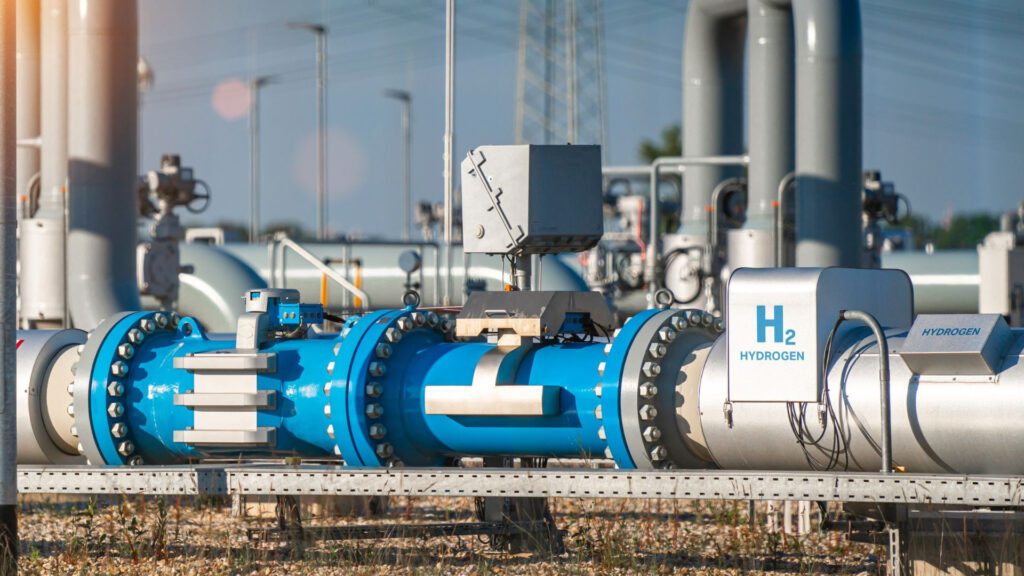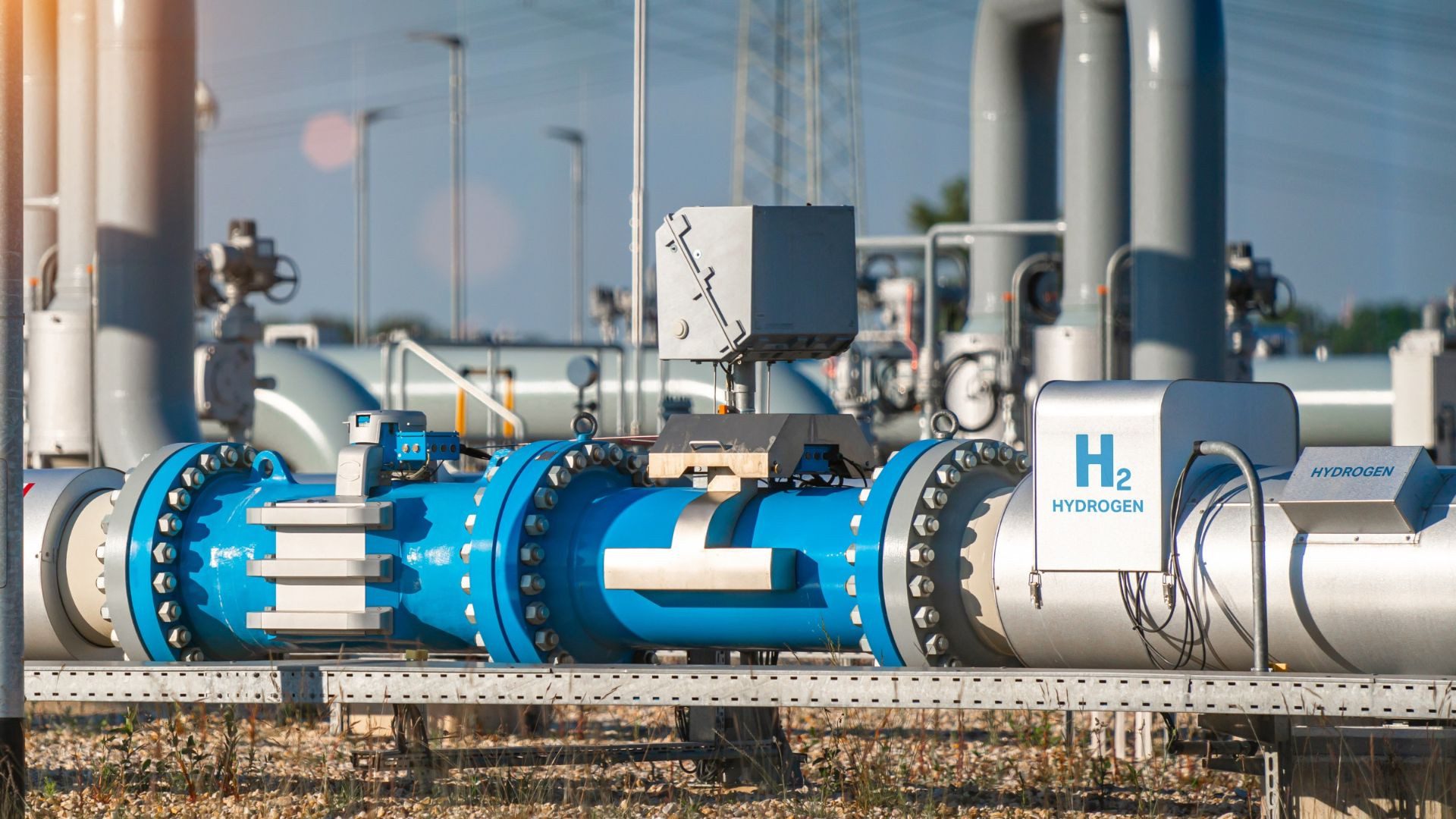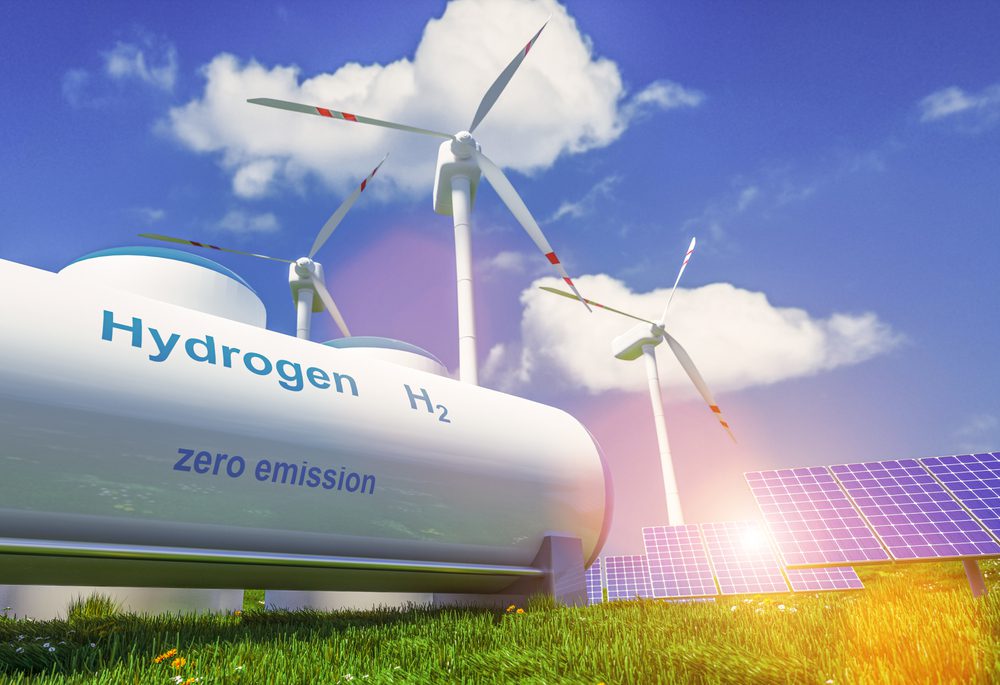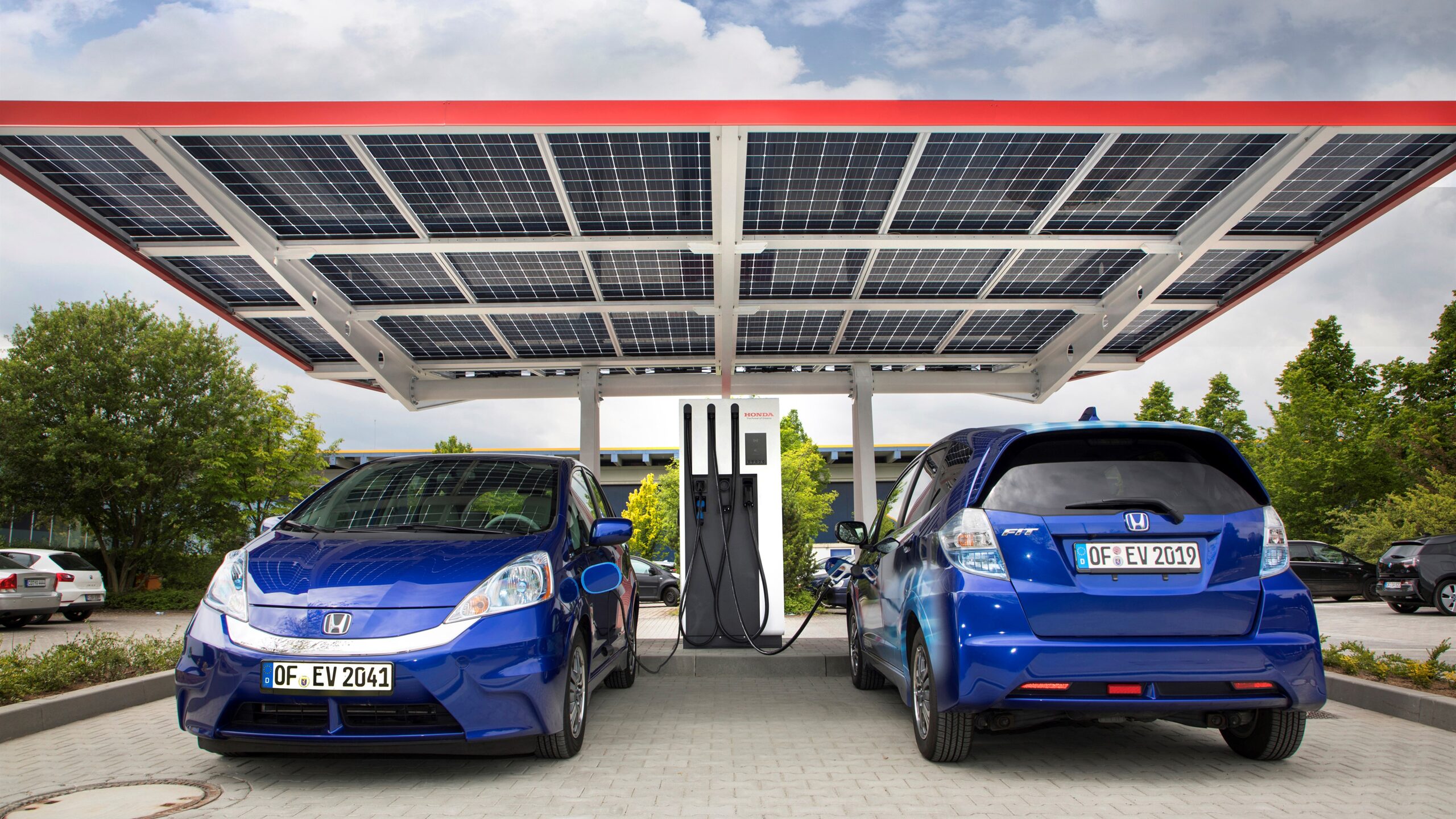Table of Contents
Scientists Split Seawater and Generate Green Hydrogen from Seawater
Scientists have made a breakthrough in the production of green hydrogen, according to a recent study published in the prestigious journal Nature. The researchers have achieved a near-perfect efficiency rate by splitting seawater into oxygen and hydrogen, without any pre-treatment processes such as reverse osmosis desalination, purification, or alkalization.
The team used a low-cost catalyst for the experiment, leading to the successful production of green hydrogen. The findings of the study have the potential to revolutionize the way hydrogen is produced, offering a more sustainable and eco-friendly alternative to current methods.

Scientists from the University of Adelaide, Tianjin University, Nankai University, and Kent State University have made significant advancements in the production of green hydrogen. They were able to achieve this by using seawater along with a catalyst and an electrolyzer. Professor Shizhang Qiao, from the University of Adelaide, stated that their team was able to split natural seawater into oxygen and hydrogen with an efficiency rate of almost 100%.
Innovative Catalysts Pave the Way for Cost-Effective and Sustainable Hydrogen Production
The researchers accomplished this by utilizing a commercially available electrolyzer and a low-cost catalyst that is non-precious. The findings of the study offer a promising alternative for hydrogen production that is both cost-effective and environmentally friendly.
They achieved this by using a non-precious catalyst, such as cobalt oxide (CoOx) with chromium oxide (Cr2O3), to split seawater without requiring any desalination treatment. Normally, seawater is known to cause corrosion and is, therefore, treated before it can be used in electrolyzers.
However, the team’s innovative process did not require such pre-treatments. These findings are expected to significantly impact the hydrogen production industry and lead to more sustainable and cost-effective approaches.
Seawater Electrolysis: A Game-Changer in Sustainable Hydrogen Production
Seawater electrolysis has faced significant challenges due to issues such as electrode side reactions, high costs, and corrosion. Despite these obstacles, researchers have continued to explore and develop seawater electrolysis as a promising alternative, especially in the wake of freshwater supply shortages.
Seawater is considered a natural and abundant feedstock electrolyte for coastal regions and has the potential to become a sustainable source of hydrogen production. These efforts to improve seawater electrolysis have the potential to transform the way hydrogen is produced and offer a more sustainable and eco-friendly alternative to current methods.
The Future of Green Hydrogen
According to Yao Zheng, an associate professor at the University of Adelaide’s School of Chemical Engineering, “Our work provides a solution to directly utilize seawater without pre-treatment systems and alkali addition, which shows similar performance as that of existing metal-based mature pure water electrolyzer.” The researchers plan to use a larger electrolyzer to scale up the process, ultimately generating green hydrogen for fuel cells and ammonia synthesis.

Other researchers are also working to improve electrolysis without desalination pre-treatments. In a recent study, researchers from Shenzhen University and Nanjing Tech University developed a membrane-based electrolyzer that split seawater without corrosion, side reactions, or pre-treatments. They suggest that this configuration and mechanism could have further applications in simultaneous water-based effluent treatment and resource recovery and hydrogen generation in one step.
To scale it the development of seawater electrolyzers and using non-precious catalysts rather than pre-treatments could make hydrogen production more eco-friendly and less expensive over time. With the increasing demand for hydrogen to replace energy generated by fossil fuels, the scarcity of freshwater resources is becoming more apparent. Seawater electrolysis has the potential to provide a solution to this issue.







